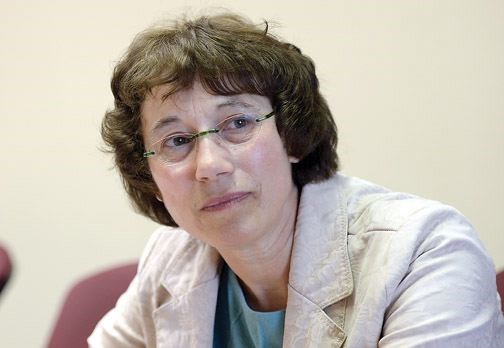For youth, health becomes a challenge during times of transition.
"We know that every year that goes by, kids are less and less active," said Dr. Anne Pousette, executive director for Promotion of Wellness in Northern British Columbia.
That drop occurs as children move between grades and later as they leap to post-secondary pursuits, moving from a structured lifestyle to one of more flexibility - and responsibility.
And when it comes to health challenges - diet, mental wellness, chronic disease - Pousette believes the primary answer is one tied to activity.
"Exercise is medicine," she said.
That activity gap widens between the genders as kids get older, Pousette said, with girls dropping off at age 10, and at 12 for boys. The YMCA in Prince George has launched a Grade 6 initiative to address the problem, offering free membership to the age group.
Activity levels are so low that only nine per cent of five to 17 year olds get the required 60 minutes of activity a day. Participaction's annual activity report card, gives a D minus to Canadian youth.
How we design space, including schools, parks, and city blocks, also feeds into healthy choices.
"We need to design our communities to make walking a safe and easy thing to do," said Pousette.
At the moment, schools work in programs to their recess and after-hours to address activity, but it could be a target for all teachers.
"It's not enshrined in curriculum," Pousette said.
Little things, like more time between classes means more people in motion. And that is the goal.
"Every piece of movement has benefit," said Pousette, adding "physical literacy" can be learned the same way people understand reading, writing and arithmetic are important.
"We need to help people understand that our bodies weren't designed to be sitting. If we're sitting we're not going to be developing our potential as a human being."
Mental health in this age group should be treated more seriously said Maureen Davis, executive director of the Canadian Mental Health Association's Prince George branch.
"We tend to think that children, youth, teens don't struggle much with it but that's actually often the beginning of when mental illness will begin to show itself."
Depression and anxiety are both huge issues for youth, who need to be taught the tools to handle and manage those experiences.
"It's learning how to eat healthy. It's the combination of all of it. It's learning how to breathe," said Davis, who went into elementary classrooms to teach kids how to "belly breathe" as one coping mechanism.
"It's so simple."
Any movement, especially under the open sky, is good for the mind.
"We know that the mental health benefits of being outside in green spaces and fresh air are huge," Pousette said.
Juggling all the new responsibilities is can be a daunting task for post-secondary students, Davis said.
Finding that balance means "taking breaks while studying. There's an appreciation for the value of play, there's an appreciation for getting outside, appreciation for learning how to have positive head talk, how to stop the negative head talk that really sort of burrows into their soul," Davis said.
Promoting a balanced lifestyle is part of Brenda Slomka's job working in student engagement at the University of Northern B.C.
Student orientation in the first weeks is key, she said, where they discuss services and support systems in place for students, including counselling, academic advising, fitness classes, workshops and more.
"A lot of these young people are transition," said Slomka, who encouraged students to make sure they attend these type of events to get connected.
Simple things like shopping or regular exercise in an assignment-focused environment can seem like too much to fit in. But they're important.
"A big piece of what we do is programming through healthy eating (and) how to live on a budget," Slomka said. "We try to link the idea that eating healthy also links with better study habits."
It's also important to create opportunities for social interaction, which is why intramurals on campus can be a good way to maintain both healthy social and physical habits.
Students should remember that their schools are there for them outside of the academic realm, making for a holistic approach to education.
"We are really committed to making sure that get what they need."



